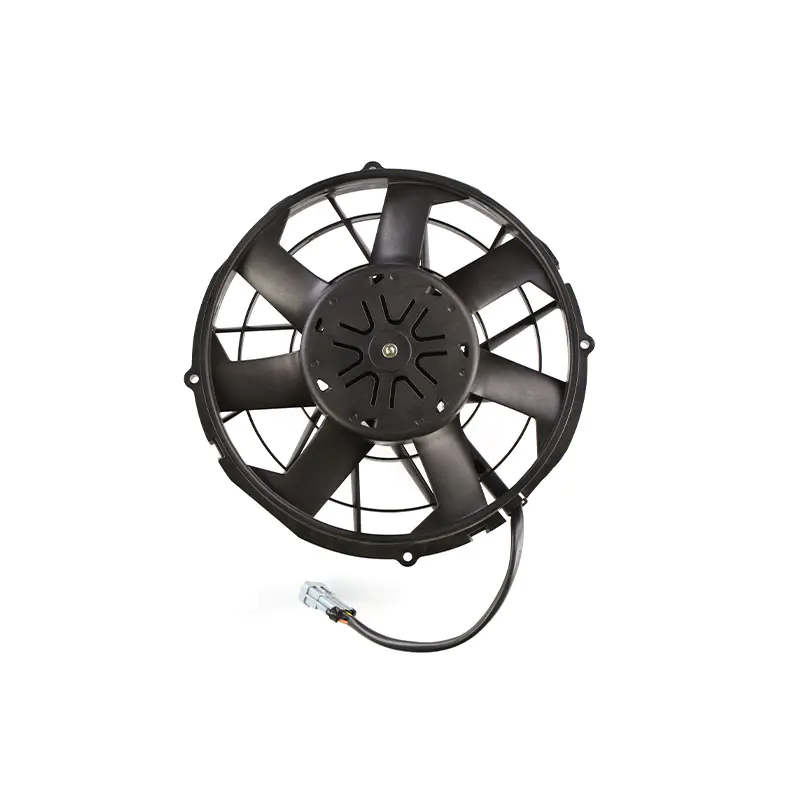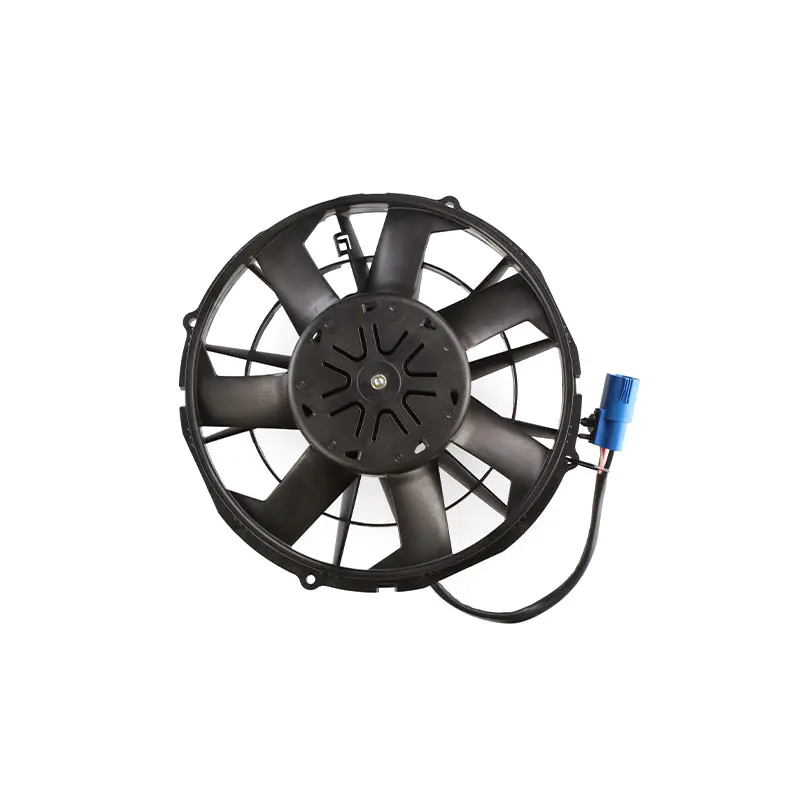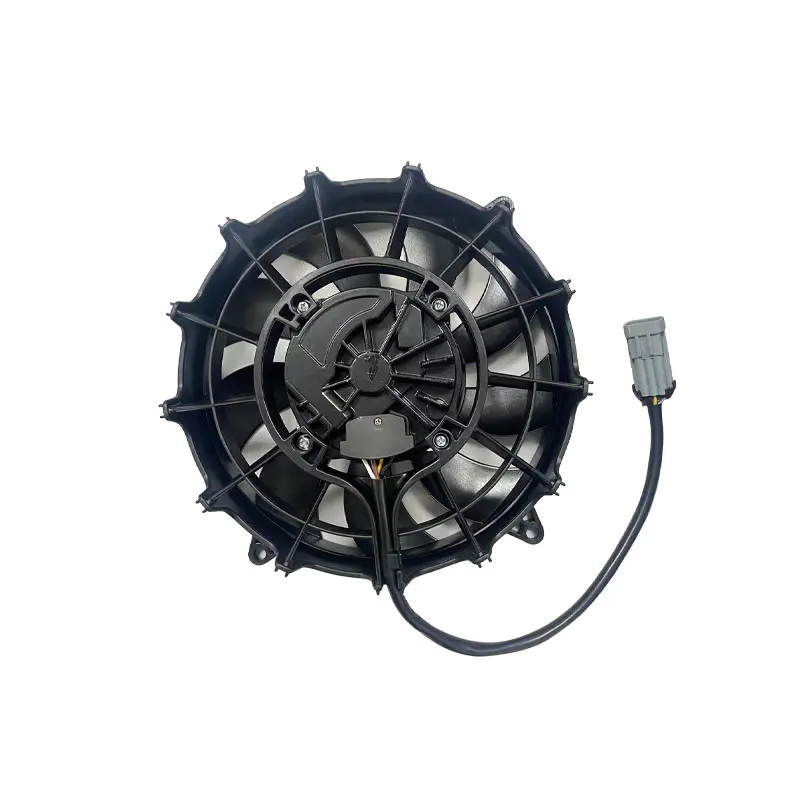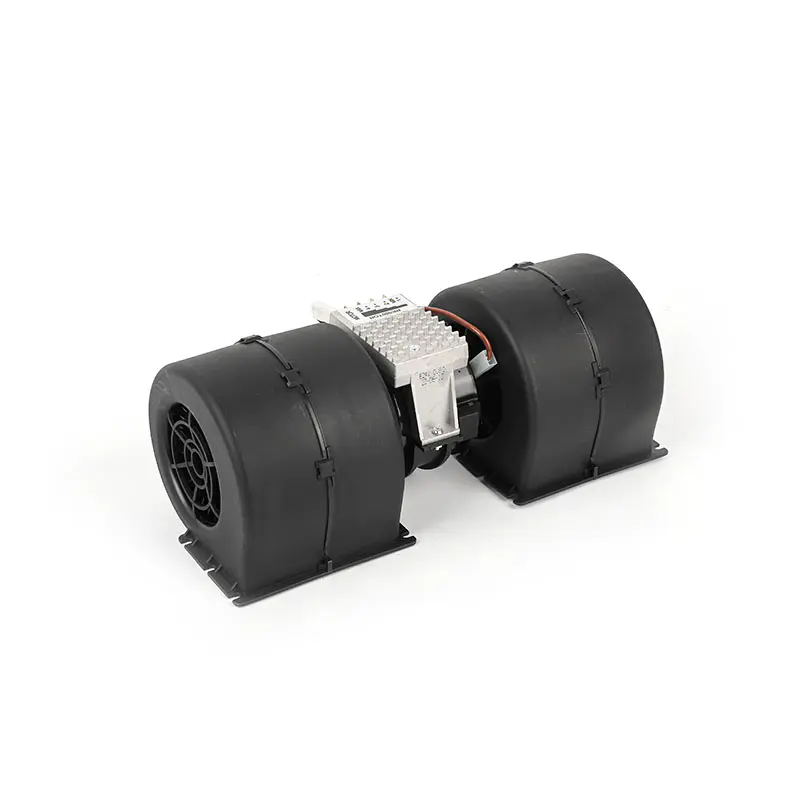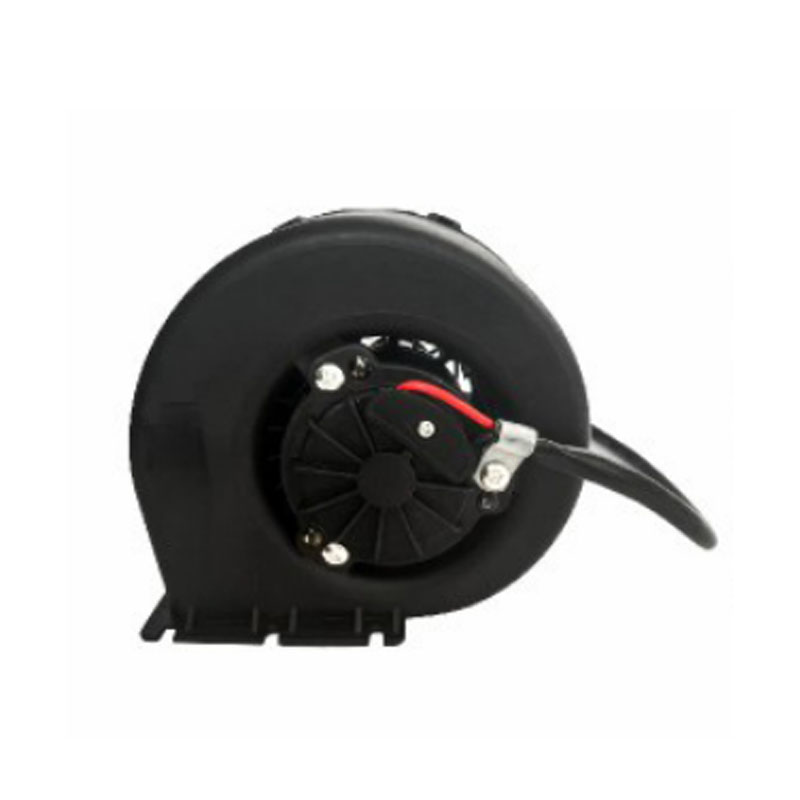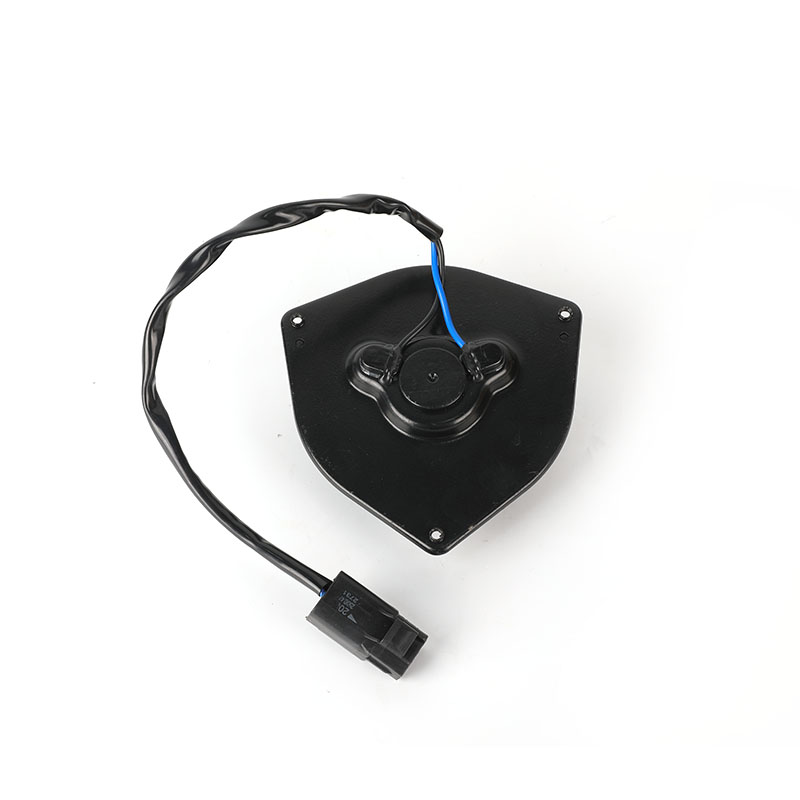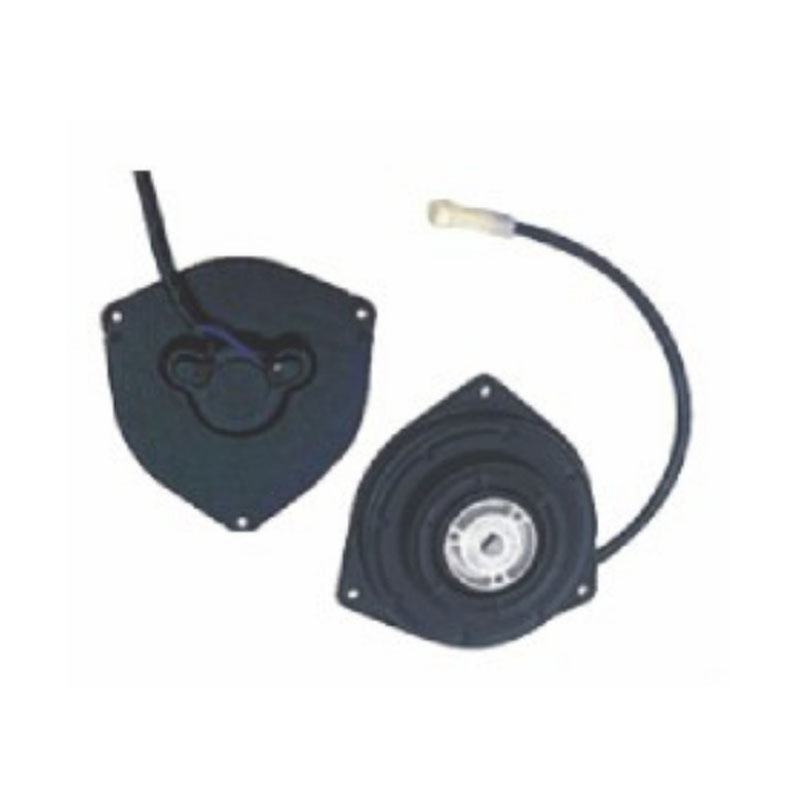Limiting challenges of traditional temperature control solutions
The temperature regulation of traditional DC brushless centrifugal fans mainly relies on simple threshold control. When the temperature of the detection point exceeds the set value, it runs at full speed. After the temperature falls back to the safe range, it will slow down or stop. This "switch" control mode causes the equipment temperature to fluctuate over a large range, with a typical accuracy of only ±5℃, making it difficult to meet the heat dissipation needs of modern precision equipment. The actual data from a semiconductor manufacturer shows that this temperature fluctuation will reduce the positioning accuracy of the lithography machine by 0.3 microns, directly affecting the chip yield.
Response delay is another significant drawback. The traditional PID control algorithm needs to undergo multiple temperature overshoots and callbacks to reach a stable state, with an average adjustment time of up to 8-10 minutes. In scenarios where instantaneous thermal load changes dramatically, such as 5G base stations, this delay will cause key components to experience temperature shocks repeatedly, accelerating material aging. Operator statistics show that about 23% of base station failures are related to overheating caused by untimely response of the cooling system.
Energy efficiency issues are also prominent. The DC brushless centrifugal fans with fixed speed ratio are usually less than 40% efficiency under partial load conditions, causing a lot of energy waste. Energy consumption analysis report of a large data center shows that traditional heat dissipation solutions account for 38% of the total electricity consumption, of which more than 60% of the energy is consumed in invalid air flow, highlighting the urgency of optimizing the speed regulation strategy.
Core breakthrough in intelligent speed regulation algorithm
The new generation of DC brushless centrifugal fans has achieved a qualitative leap in temperature control accuracy through adaptive fuzzy control algorithm. This algorithm no longer relies on a fixed temperature threshold, but instead analyzes the temperature change rate, environmental conditions and equipment load in real time, predicts the heat accumulation trend in the next 30 seconds, and adjusts the fan speed in advance. Actual application data shows that this technology compresses the temperature fluctuation range to within ±0.5℃, which improves the accuracy by 10 times compared to the traditional method, and completely eliminates the phenomenon of temperature overshoot.
The introduction of machine learning technology has enabled the temperature control system to have the ability to optimize itself. By continuously monitoring the thermal characteristic curve of the device, the intelligent DC brushless centrifugal fans can automatically establish a thermal response model for each heat dissipation object and continuously correct the control parameters. Tests of a high-end medical imaging device show that after two weeks of study, the system can stabilize the magnet temperature within the set value of ±0.2℃, providing an ideal environment for high-precision imaging.
Multivariate collaborative control solves the heat dissipation problem of complex systems. Modern electronic devices usually contain multiple heat sources, and traditional single-point temperature control can lead to local overheating or overcooling. The new DC brushless centrifugal fans system integrates multiple temperature sensors to establish a three-dimensional thermal field model and intelligently distributes air volume in different areas. Application practice of data centers shows that this solution reduces the cabinet hotspot temperature by 8°C, while reducing overall energy consumption by 25%.
Hardware innovation supports precise temperature control
High-precision sensing network lays the foundation for intelligent speed regulation. The new generation of DC brushless centrifugal fans integrates a digital temperature sensor with a resolution of 0.1°C, and the response time is reduced to less than 100 milliseconds. Some high-end models are also equipped with infrared thermal imaging modules, which can monitor the surface temperature distribution of equipment without contact, providing more comprehensive data support for control algorithms. Laboratory tests show that this configuration increases the system's response to burst heat load by five times.
Advances in brushless motor drive technology have achieved more refined speed control. A 32-bit digital driver using the FOC (magnetic field directional control) algorithm can control the speed fluctuation of DC brushless centrifugal fans to within ±10rpm, and the corresponding air volume adjustment accuracy reaches 0.5CFM. Compared with traditional square wave drives, this technology also increases motor efficiency by 15% and reduces noise by 8 decibels, making it particularly suitable for medical and office places that are sensitive to the acoustic environment.
The optimization of the aerodynamic design further improves the temperature control efficiency. Through the 3D curved blade optimized by computational fluid dynamics (CFD), combined with the variable flow guide structure, the fan can maintain the optimal airflow structure within the range of 20%-100% speed. Test data from an industrial laser equipment manufacturer shows that this design reduces the volume of the cooling system by 40%, while the cooling effect increases by 15%, opening up a new path for the miniaturization of equipment.
System-level energy efficiency optimization strategy
Predictive temperature control strategies have greatly improved energy utilization efficiency. Intelligent DC brushless centrifugal fans analyzes the device work logs, predicts the calculation load changes in advance, and gradually improves cooling capacity before the processor utilization increases. Tested data from cloud service providers show that this strategy reduces the PUE (power usage efficiency) of the server cluster from 1.45 to 1.28, and saves more than 4,000 degrees of electricity per year on a single cabinet.
Environmental adaptive technology enables smarter resource allocation. The temperature and humidity inside and outside the computer room are monitored through IoT sensors. The DC brushless centrifugal fans system can automatically select the optimal heat dissipation path, increase the proportion of fresh air under suitable conditions, and reduce mechanical refrigeration dependence. A case of renovation of a large data center shows that this technology reduces the energy consumption of air conditioners by 35% throughout the year, and the investment payback period is only 1.8 years.
Dynamic voltage frequency regulation (DVFS) collaborative control creates a new paradigm for heat dissipation. The intelligent fan controller communicates directly with the device main processor, and coordinates the chip operating frequency and heat dissipation intensity based on real-time temperature data. This closed-loop system reduces the heat dissipation energy consumption of 5G base stations by 40% while ensuring performance, and controls the equipment temperature fluctuations within ±1°C, significantly extending the service life of electronic components.
From algorithm innovation to hardware upgrades, intelligent speed regulation technology is redefining the performance standards of DC brushless centrifugal fans. These breakthroughs not only achieve unprecedented temperature control accuracy, but also bring comprehensive improvements in energy efficiency, reliability and noise control. With the rapid development of 5G, artificial intelligence and Internet of Things technologies, intelligent cooling systems with self-learning and optimization capabilities will become the standard configuration of industrial equipment, and DC brushless centrifugal fans, as the core execution component, will surely play an increasingly critical role in this process. In the future, with the in-depth application of digital twins and edge computing technologies, the temperature control accuracy is expected to further break through to the order of ±0.1℃, providing stronger heat dissipation guarantee for the next generation of high-precision equipment.


 Quality Management
Quality Management Export Experience
Export Experience




















